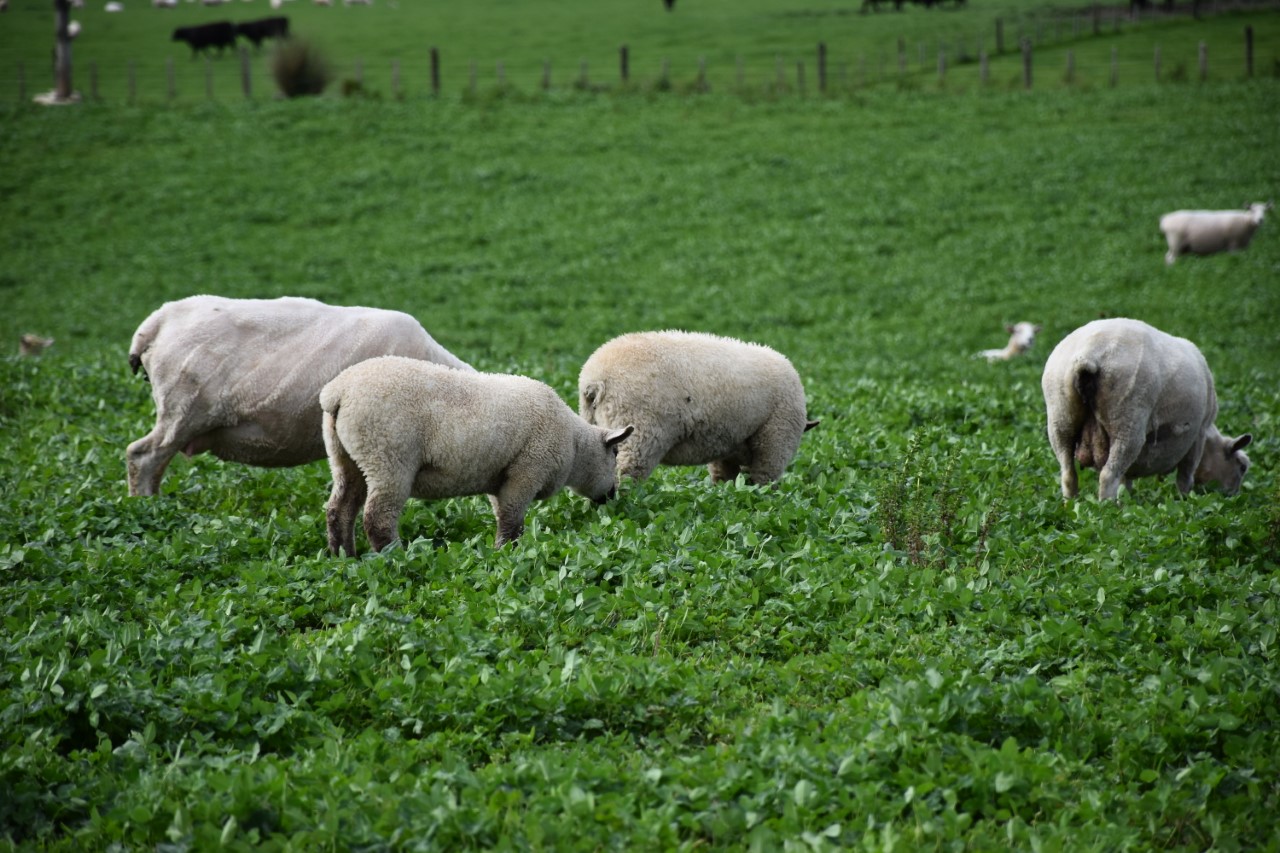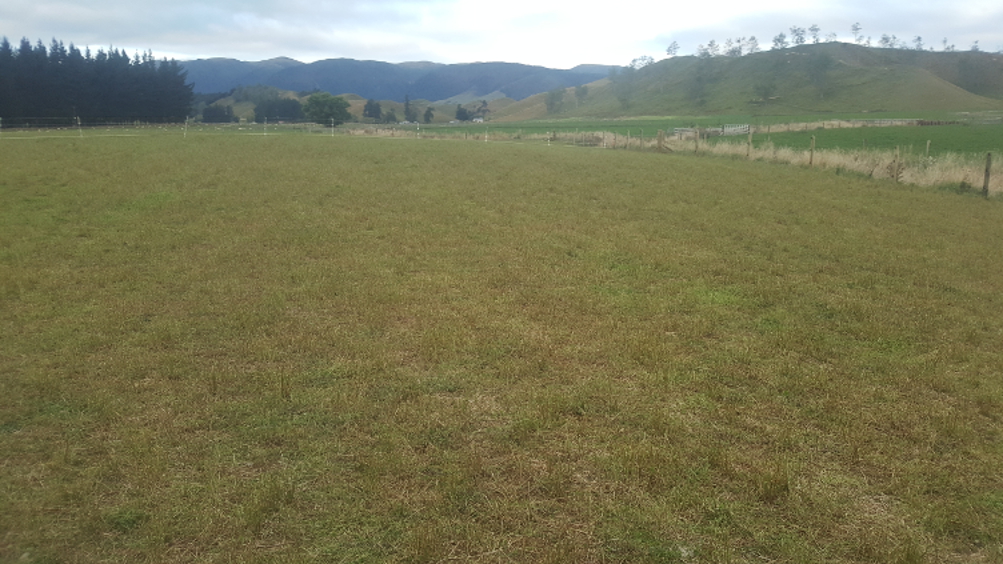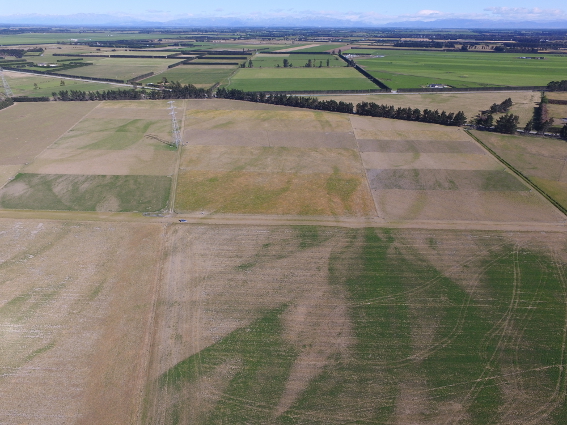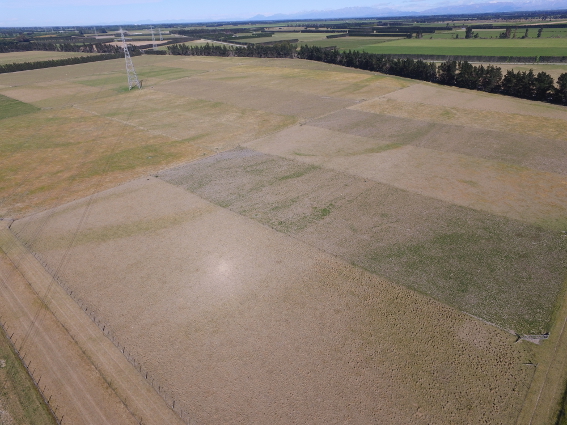Agriculture and Science – Essential in a crisis
The recent rain across the country may cause pastures to green up. Stay off them if you want to have feed in spring. At this time of year it is important to get a canopy of green leaves covering the ground extensively before winter temperatures cause growth rates to slow. For dryland farmers the rain … Read more









